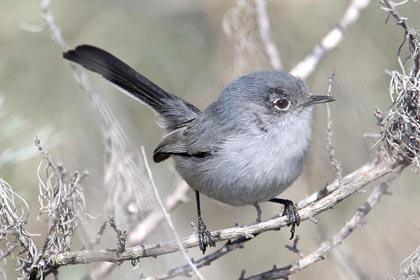
Laura's Line: Spring 2024
This newsletter is all about collaborations: collaborations in nature, collaborations with community, collaborations with partners. I’d like to tell you about collaborations in monitoring. I have mentioned in the past that The Nature Reserve does its species monitoring on a cycle; some species are monitored every three years, some yearly, some when the conditions are appropriate.
This year we will be monitoring one of our threatened bird species, the California gnatcatcher. This species we monitor every three years for two years in a row to determine how many gnatcatchers occur on the Nature Reserve. Because gnatcatchers are threatened across their range, we also want to understand our occupancy in the regional context. Are our occupancy numbers higher or lower than the region?
To gain this understanding we participate in a region-wide collaboration of federal, state, county, cities, water districts, parks, non-profits and private entities to conduct regional and sub-regional monitoring. A total of 67 entities collaborate on this significant task. The U.S. Fish and Wildlife Service and the U.S. Geological Survey are the lead agencies. They coordinate which entity surveys what location, collect and analyze the data, and produce a final report. They also ensure that all surveyors are using the same method by conducting training sessions on both the survey effort and the process for data collection and input.
885 points across Orange, San Diego, Riverside, Los Angeles, San Bernardino, and Ventura counties will be surveyed three times during three separate survey periods this spring. Each survey will last up to 45 minutes. The surveys document patterns and occupancy rangewide and in subregions. In addition to surveying for the bird, vegetation sampling is also conducted to help us relate gnatcatcher occurrences to vegetation structure and composition.
I think it’s pretty amazing that 67 very different entities are working together to help monitor the California gnatcatcher and by doing so help preserve it from extinction.
